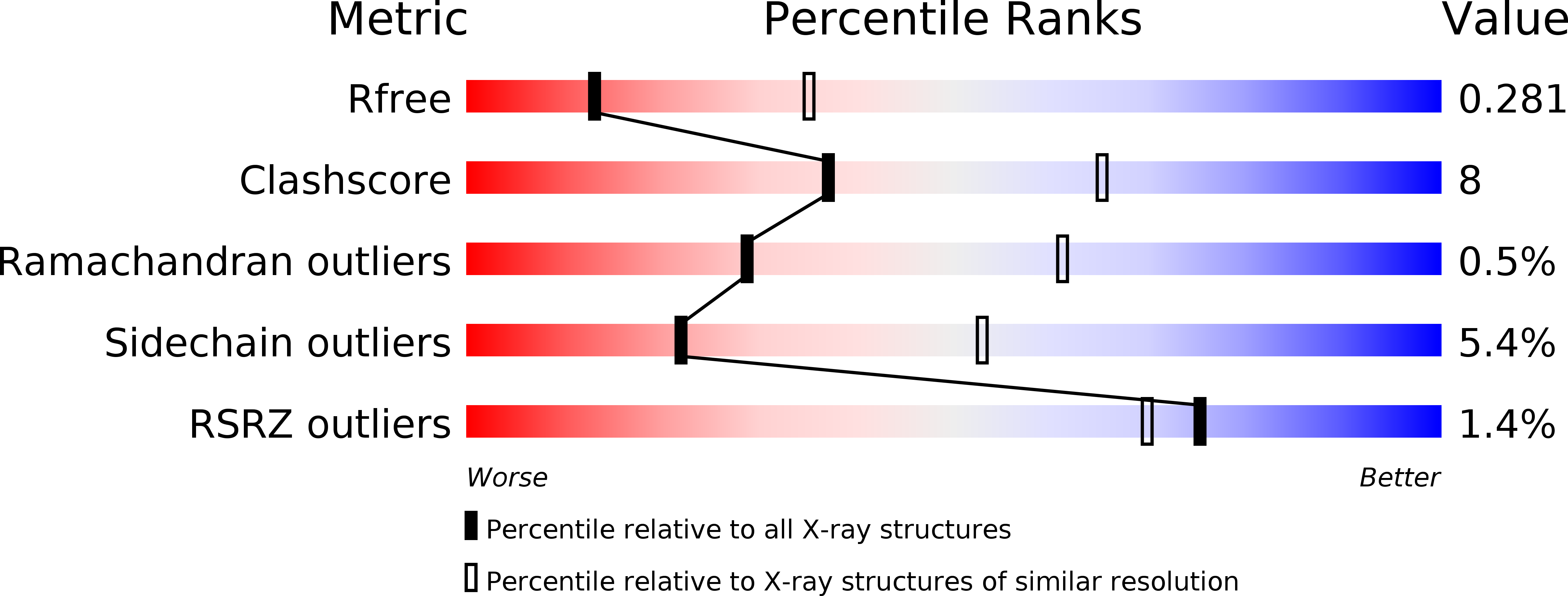
Deposition Date
2008-07-17
Release Date
2009-11-17
Last Version Date
2024-11-06
Entry Detail
Biological Source:
Source Organism:
BARTONELLA HENSELAE (Taxon ID: 38323)
Host Organism:
Method Details:
Experimental Method:
Resolution:
2.80 Å
R-Value Free:
0.27
R-Value Work:
0.21
R-Value Observed:
0.21
Space Group:
P 21 21 21


